A good soil improvement is green manure (green manure). In terms of the amount of nutrients left in the soil, they are slightly inferior to good manure. They are grown either directly at the plowing site, or in an area specially designated for this purpose. Green manure is especially useful on sandy and clay soils.
In order for green fertilizer to replenish the supply of nitrogen available to plants, it is better to sow legumes:
- peas
- viko - oat mixture
- phacelia
The amount of nitrogen in manure and legumes is almost the same. But plants use nitrogen from grass almost twice as much as nitrogen from manure. Under good conditions (regular watering, fertilizing), up to 15 g of nitrogen per square meter accumulates on the roots of legume green manure. m.
These herbs are sown from spring to mid-September. So, phacelia, which blooms after sowing in 6 weeks, will bloom all summer. This is an ideal plant for poor, sandy soils. Its tender leaves decompose quickly and serve as an affordable nitrogen fertilizer and excellent soil improver. Sow from spring to early autumn.
Oilseed radish tolerates drought well, can be used on any soil, incl. and on heavy, sandy and as a loosening agent on compacted soils. Sow from early spring to mid-September. Seed consumption - 2-3 g/m2.
Oilseed radish is a very productive, fast-growing crop. In 40 days it develops a large amount of leaf and root mass, reaching 1.5-1.8 m in height by the flowering phase.
Oil radish is planted in late autumn, after chopping the green mass with a shovel. If the plants are overgrown and the stems become woody, it is better to compost them.
Oilseed radish, as a fast-growing crop, successfully fights weeds, kills them, including wheatgrass, and not only improves and enriches the soil with nitrogen, but also destroys and actively suppresses the nematode.
Each plant used as a green fertilizer has its own characteristics and requirements for growing conditions. They are selected based on the characteristics of the soil of the site, agrotechnical growing conditions, and the desire to enrich the land with a certain type of fertilizer. What all green manure crops have in common is that they enrich the soil with organic matter.
Before using green manure, we must clearly understand what effect we want to get, what crop in our conditions gives such an effect, and what we will sow after adding green fertilizer. So, to enrich heavy soils, in addition to organic matter, with phosphorus, potassium, and microelements, we will sow mustard in the spring (7 g/m2) and plant it in the soil in the fall. Its deep root system will greatly improve the structure of heavy soil. The above-ground part can be mowed and used for compost. Most often, mustard is sown and embedded in the soil between the rows of the garden.
When using green manure crops, certain rules must be followed.
- Green manure (legumes) should be planted during the budding period, when the plant has reached its maximum weight.
- Cereal green manures are plowed during heading.
- You cannot put too much green mass into the ground, otherwise it will not decompose, but turn sour.
- Mown plants should be embedded shallowly: on light soils - 12-15 cm, on heavy soils - 6-8 cm. Green fertilizer must be embedded in moist soil.
- In (fruit-bearing) vineyards, green manure is sown between rows in early spring. Pre-apply 50 g of complex fertilizer per square meter. m and embed it in the ground.
Sowing green manure before winter
If you do not have the opportunity to regularly improve the soil by adding good humus and compost, you should make greater use of green manure to fertilize your garden. Late-vacated beds can be sown with rye, which, having overwintered even in the “shilst” stage, quickly gains green mass in the spring. At least before planting the seedlings of heat-loving vegetables, you will have time to dig them up (around the end of April).
It will not be possible to improve the soil for sowing early vegetables. But here mustard will come to the rescue; it will take a month or a little more to gain sufficiently significant green mass. After the first frost, warm autumn weather usually returns, favorable for mustard growth. True, mustard has one drawback: it should not be a precursor to cruciferous crops (radishes, cabbage, turnips, radishes, daikon).
Mustard seeds are planted shallowly: up to one and a half centimeters on sandy soils and up to a centimeter on heavier soils. The soil must be moist, and then after 3-5 days (the warmer, the faster) seedlings will appear. It is not necessary to dig up green manure: the roots that have loosened the soil should remain there.
Plant stems, chopped with a shovel, can be left on the surface of the earth to protect it from frost and erosion. In early spring, they begin to sow mustard immediately after the snow melts: they break up the clods remaining after the autumn digging, scatter the seeds and cover them with a rake.
If it is difficult to find time to sow green manure in the spring, sow mustard before winter. They do this following the same rules as when sowing vegetables in winter. The seed furrows are prepared in advance and after the onset of cold (preferably even frosty) weather, the seeds are sown, covering them with soil prepared in advance and hidden under the roof (so as not to freeze).
The planting depth is slightly greater than with spring and autumn sowing. The seeds, having waited for spring warmth, will sprout, the mustard will quickly grow, taking advantage of the accumulated moisture, i.e. you will not have to water it.
Plant mustard (at any time of sowing) before flowering, while its stems are tender and soft: they are quickly “processed” once in the soil, perfectly fertilizing it and improving its structure.The seed consumption is small: a kilogram is enough to sow two hundred square meters of garden.
Continuation of the topic:
- How to feed garlic
- How to feed tomatoes
- Feeding cucumbers with folk remedies
- They planted green manure, what next?
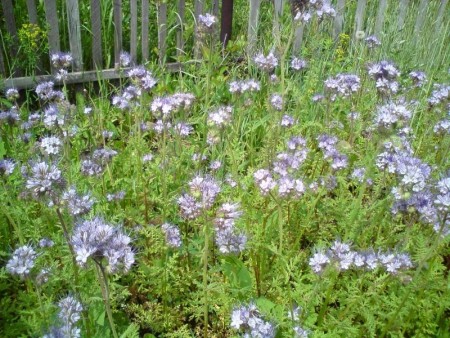
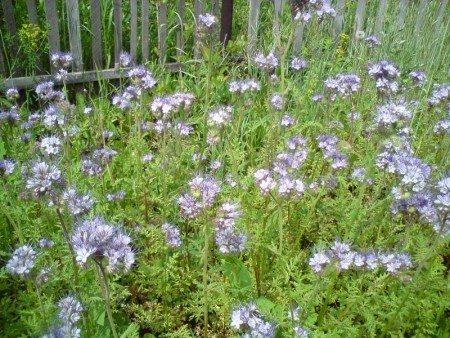
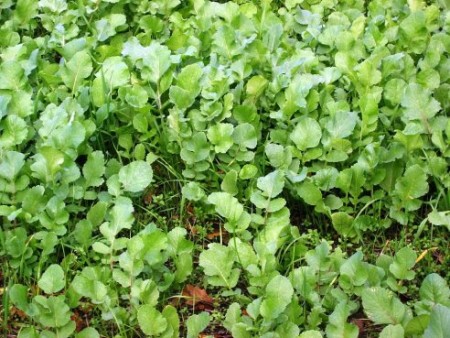
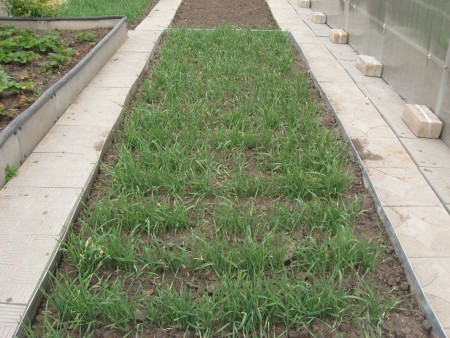
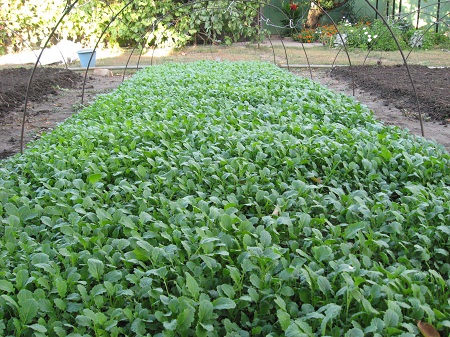

 (1 ratings, average: 4,00 out of 5)
(1 ratings, average: 4,00 out of 5) CUCUMBERS NEVER GET SICK, I'VE BEEN USING ONLY THIS FOR 40 YEARS! I SHARE A SECRET WITH YOU, CUCUMBERS ARE LIKE THE PICTURE!
CUCUMBERS NEVER GET SICK, I'VE BEEN USING ONLY THIS FOR 40 YEARS! I SHARE A SECRET WITH YOU, CUCUMBERS ARE LIKE THE PICTURE! You can dig a bucket of potatoes from each bush. Do you think these are fairy tales? Watch the video
You can dig a bucket of potatoes from each bush. Do you think these are fairy tales? Watch the video
 How our fellow gardeners work in Korea. There is a lot to learn and just fun to watch.
How our fellow gardeners work in Korea. There is a lot to learn and just fun to watch. Eye trainer. The author claims that with daily viewing, vision is restored. They don't charge money for views.
Eye trainer. The author claims that with daily viewing, vision is restored. They don't charge money for views. A 3-ingredient cake recipe in 30 minutes is better than Napoleon. Simple and very tasty.
A 3-ingredient cake recipe in 30 minutes is better than Napoleon. Simple and very tasty. Therapeutic exercises for cervical osteochondrosis. A complete set of exercises.
Therapeutic exercises for cervical osteochondrosis. A complete set of exercises. Which indoor plants match your zodiac sign?
Which indoor plants match your zodiac sign? What about them? Excursion to German dachas.
What about them? Excursion to German dachas.